I started my whole journey in Marrakesh, a very big and crowded city. And even though it might be one of the most well-known, it’s not the capital.
As I still had to do some work, I decided to take an Airbnb outside of the Medina. A medina is the old, walled, and historical part of a city, common in North Africa. Tourists normally prefer Riads inside the city. A riad is a traditional Moroccan house or palace centered around an inner courtyard or garden. The word “riad” originates from the Arabic term for “garden.”
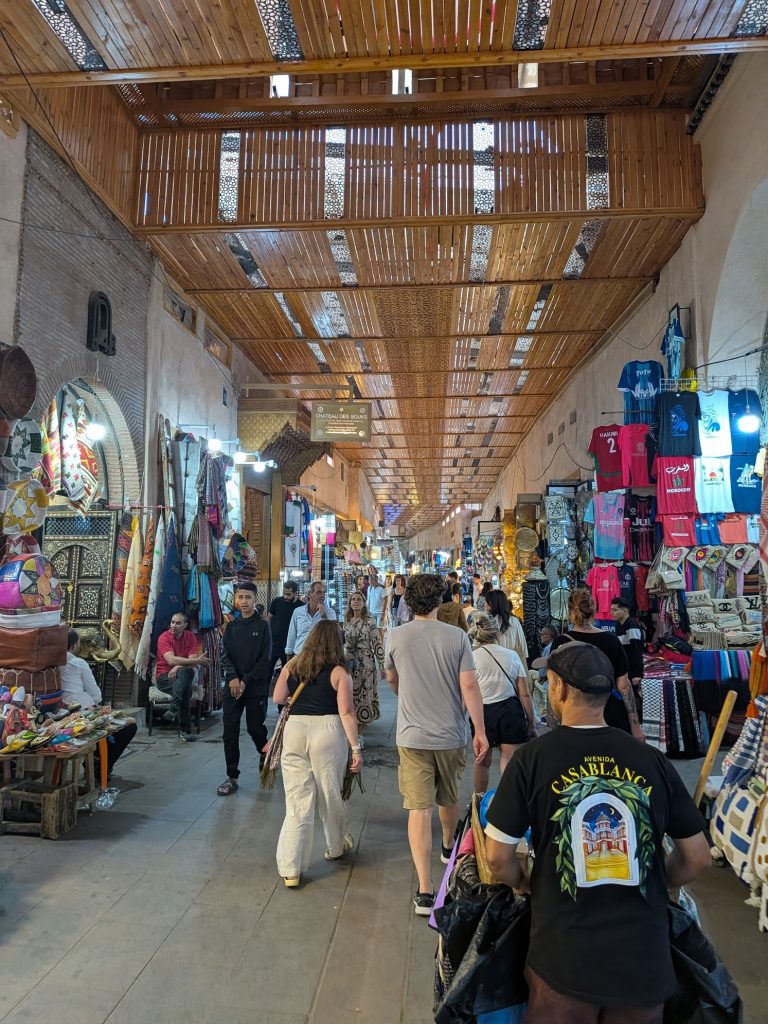
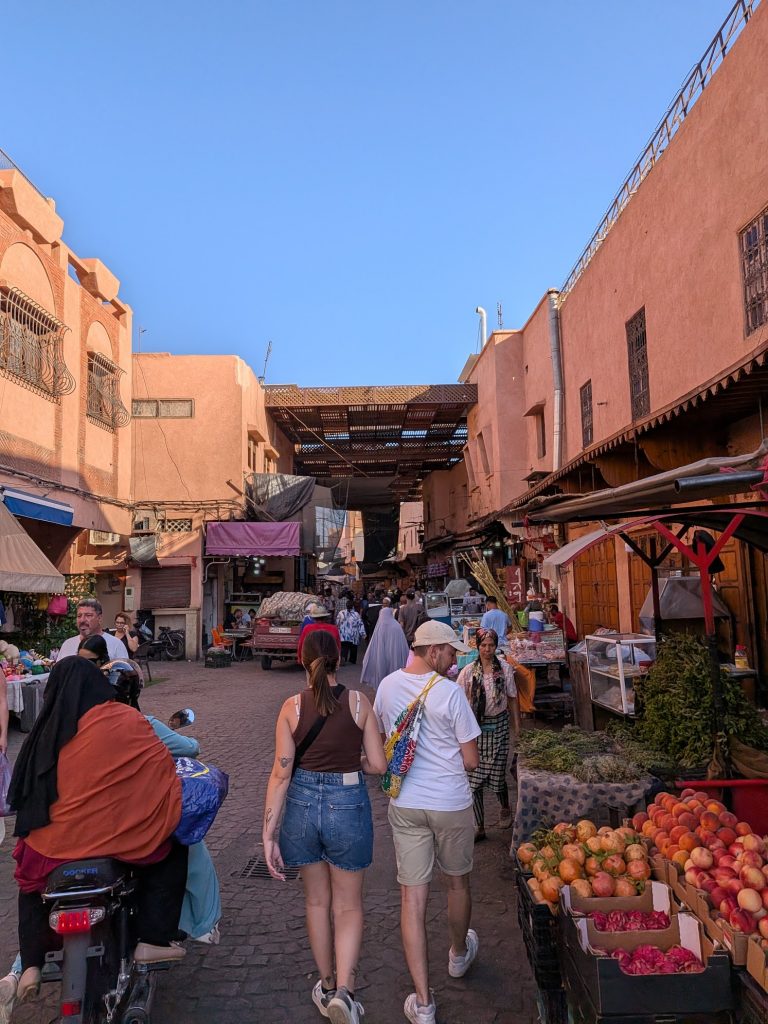

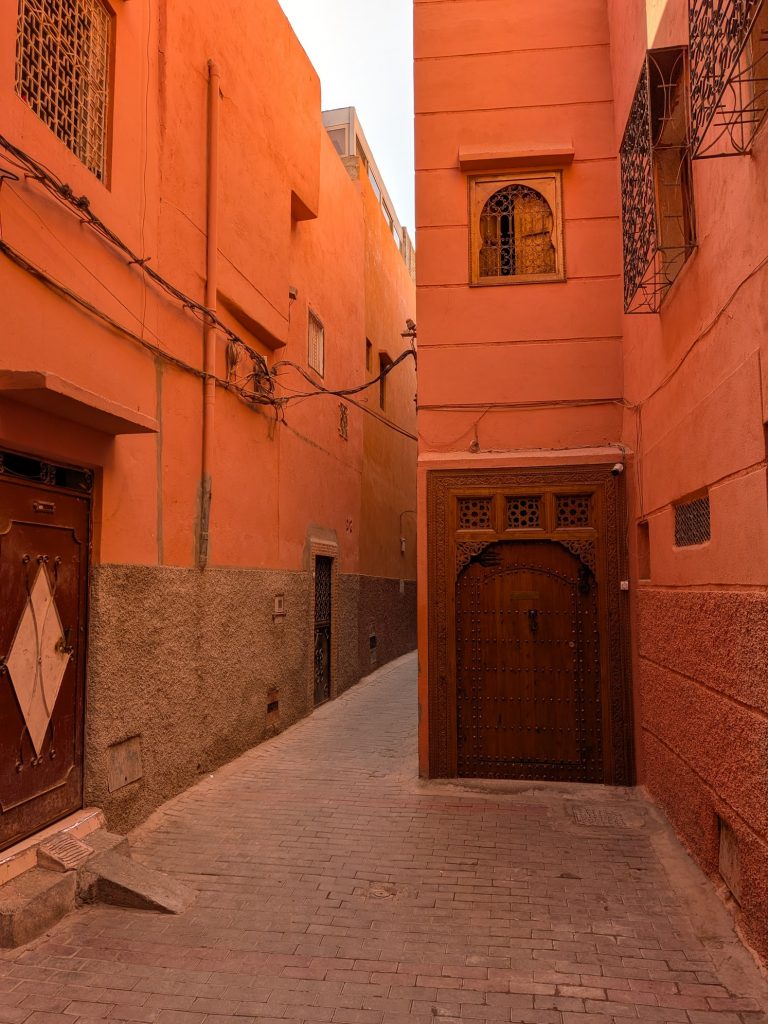
Nevertheless, it’s definitely recommended to see the famous Medina of Marrakesh. But be cautious: tourists are, to the locals, like walking wallets. They try to sell you everything. Besides the annoying sellers, you also have some criminals trying to scam you wherever possible.
Here are four examples that for sure did not happen to me ;):
- A scooter driver passes by and asks where you are going. You say something and he says, “Jump on, it’s on my way anyway.” He friendly drops you at the area you want to go to, and when you say thank you, he asks for some money for the petrol. And more in the range of buying the whole scooter. When you answer that you don’t have enough money, he says that he luckily dropped you at an ATM.
- You go to a restaurant, read the menu, and order something. You had a look at the prices and everything looked reasonable. But when you pay, the price sounds odd. Looking at the menu he shows you, you realize that it has different prices than the one you ordered from.
- Same location, but a different way to scam you. You order food—some meat, some bread, some wine—everything in a good price range. After bringing everything to the table, he asks if you want to get some grilled vegetables as a side, and you think that is a good idea. Looking at the bill afterwards shows that two grilled slices of bell pepper cost the same as everything else, including the drinks.
- If you make it out of the restaurant, you might walk around. And yes, the Medina is very confusing. The GPS does not always work, so Google Maps is not always helpful. But there are so many people willing to help. They walk with you for a few meters to show you the right exit, and suddenly, it turns out this wasn’t for free.
In all of these situations, stay calm and firmly say no. They will usually stop asking if you mention getting the police involved.
On the edge of the Medina, you will find the Jemaa el-Fnaa. This famous main square is the heart of Marrakech’s social life, transforming dramatically from a quiet daytime market to a bustling spectacle of food stalls, storytellers, and performers after sunset. Despite its lively atmosphere, visitors should remain cautious, particularly at night, as it shares the same potential for opportunistic scams and high-pressure sales tactics as the surrounding Medina.

During my visit, half of the square was a construction site, which I didn’t mind at all, as this amount of people made me want to flee more than stay…
Besides the Medina, I walked a lot, as I always do in foreign countries (maybe my mum should have called me Forrest). Here are three locations I visited, ranked from my Top 3 down to my Top 1:
3. El-badi palace
The El Badi Palace, once a magnificent palace, is now just a ruin, but one that offers a fascinating glimpse into Moroccan history. Despite ongoing efforts aimed at restoring parts of its former glory, the vast complex is primarily boring… It was okay-ish, but nothing I would waste my money on (again).

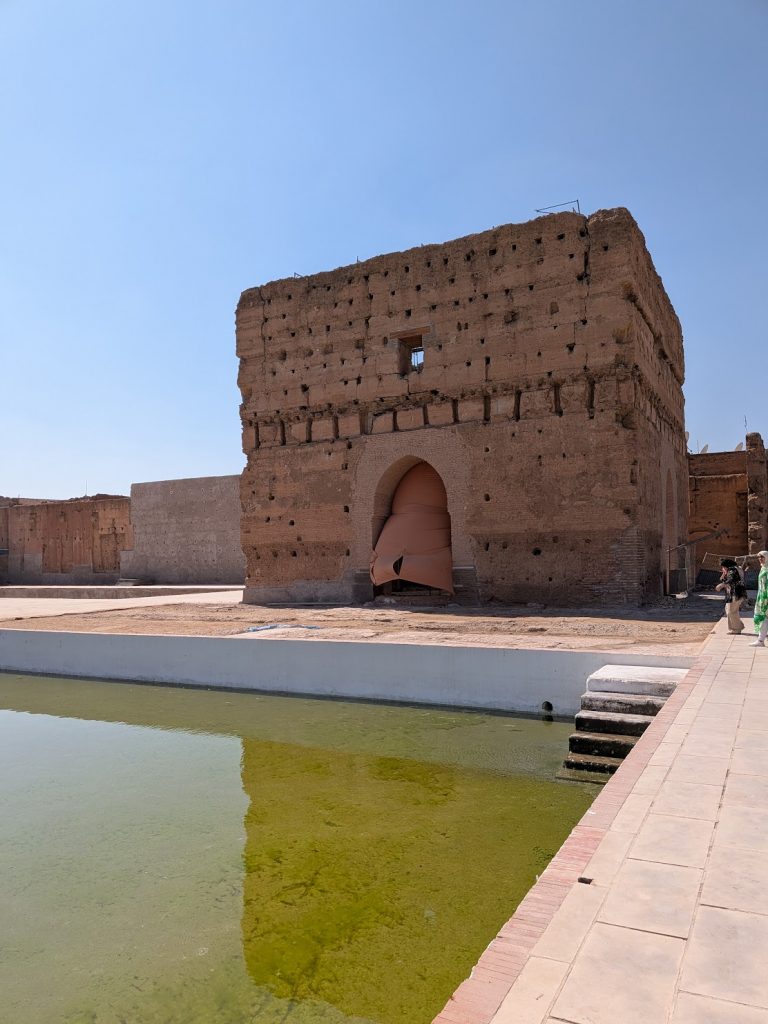
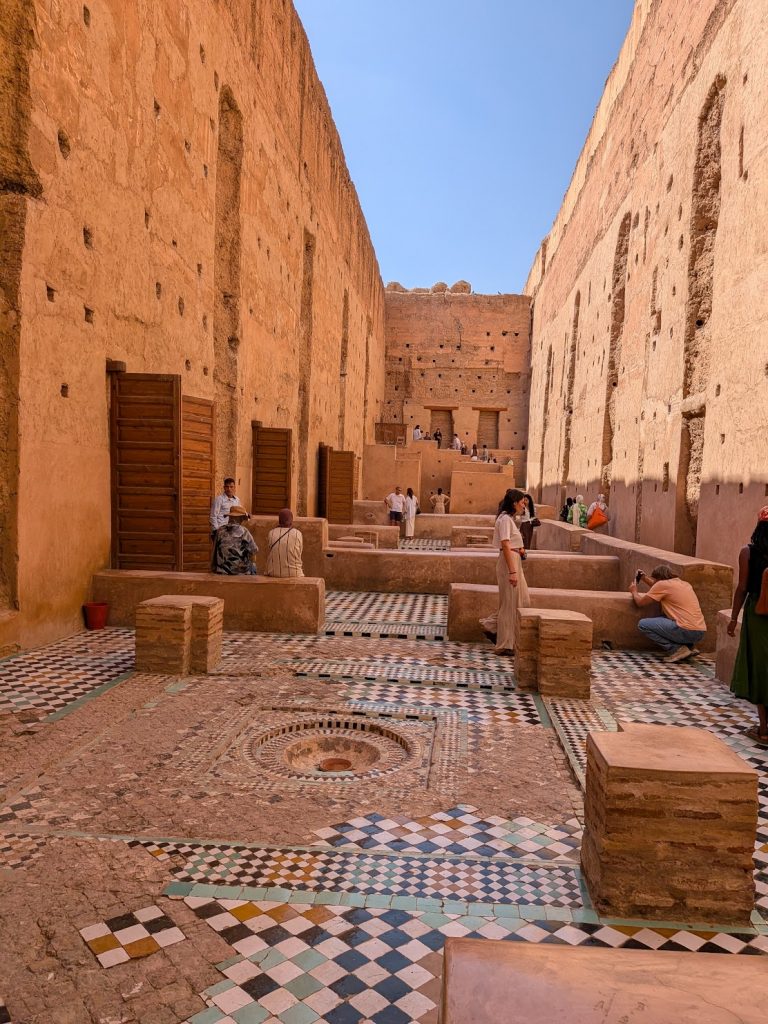
2. Madrasa Ben Youssef
This stunning former Islamic college, dating back to the 14th century and later reconstructed in the 16th century, is one of Marrakech’s most magnificent architectural masterpieces. It served as a major center for religious study for over four centuries, educating thousands of students in theology and law. As a visitor, I was able to walk around—or should I say hike through all the tourists? It’s a very beautiful place, but unfortunately, others have read the same travel guide, I guess… Hard to get a picture without anyone in it.





1. The Bahia Palace
The Bahia Palace, whose name translates to “Brilliance,” is an exquisite 19th-century palace showcasing the finest examples of Moroccan and Islamic architecture. Its stunning interior captivated me from the first second. The famous intricate zellige tilework, painted wooden ceilings, and expansive courtyards are all really beautiful. I had some luck as I decided to go there during the hottest time of the day, so it was less crowded. When I left, a bus of tourists had just arrived… Lucky Toto!
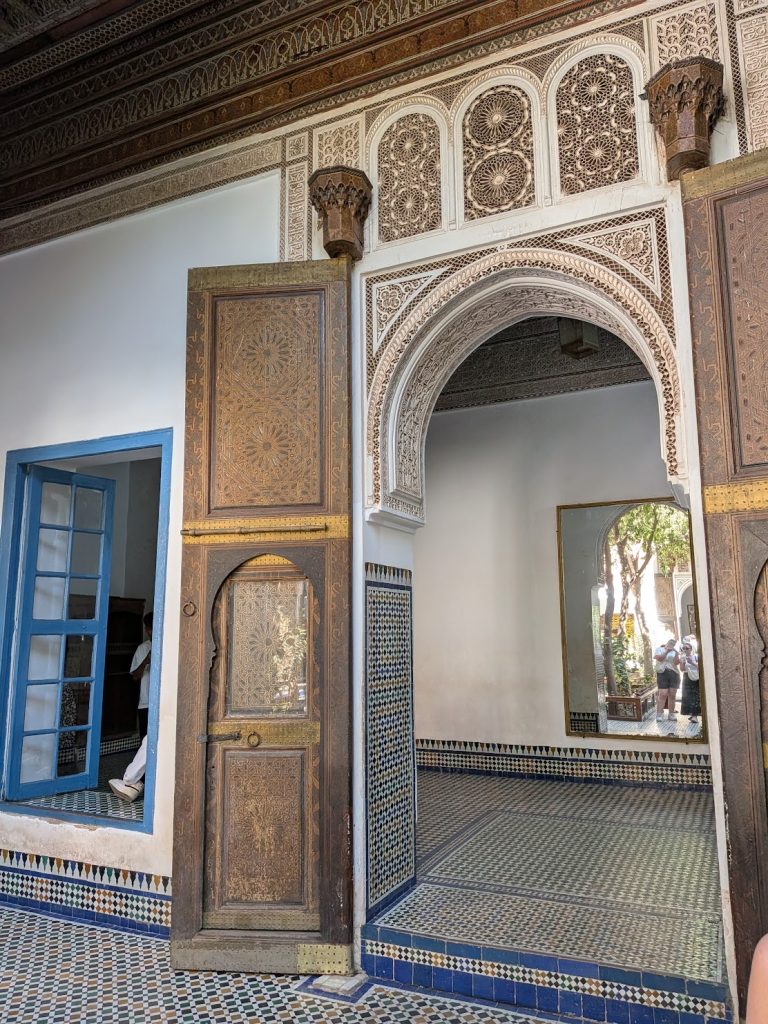





Some hours away from Marrakech, you can visit the famous location of many, many films: Aït Benhaddou. This historic fortified village, or ksar, is a stunning example of Moroccan earthen clay architecture, famous worldwide as a UNESCO World Heritage site and a prominent filming location. Its dramatic position along the former caravan route between the Sahara and Marrakech makes it a powerful visual and cultural landmark. Films like Gladiator, The Mummy, and Lawrence of Arabia, as well as series like Game of Thrones, have been filmed there. You definitely should take a guided tour inside the city, as they will explain a lot of interesting things, even besides the movies…


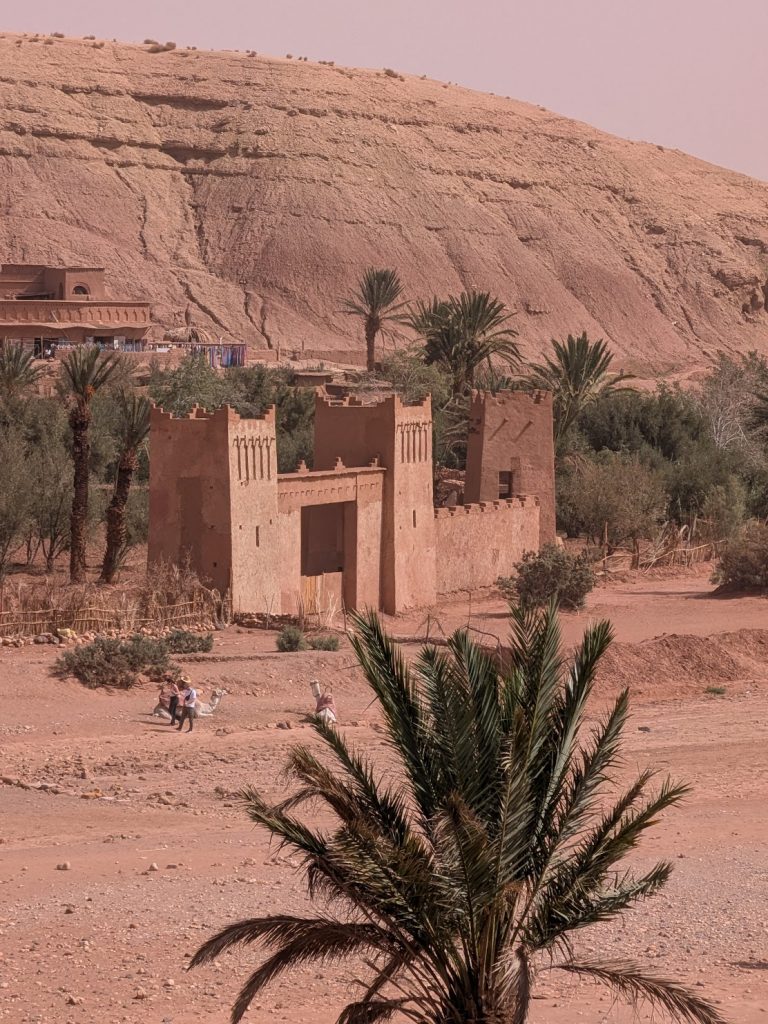




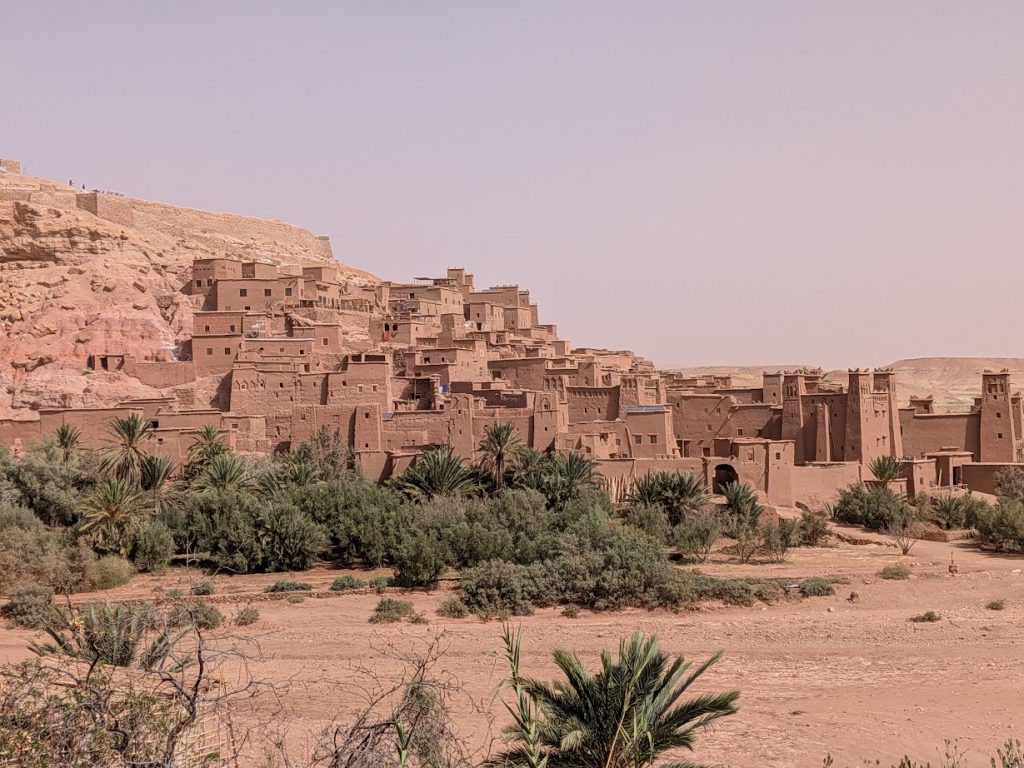
Only a little jump from there, you can visit the Atlas Studios. Movies like The Mummy, Asterix & Obelix, and Prince of Persia have been filmed there. Unfortunately, the studio owners do not understand how good tourism works. All the fragments of movies are there to see, and even touch, but no one explains which movie they are from. No signs explain it either, so you have to guess. They could make more out of it. It’s not worth a visit if you are not just around the corner, but since I was, I did…



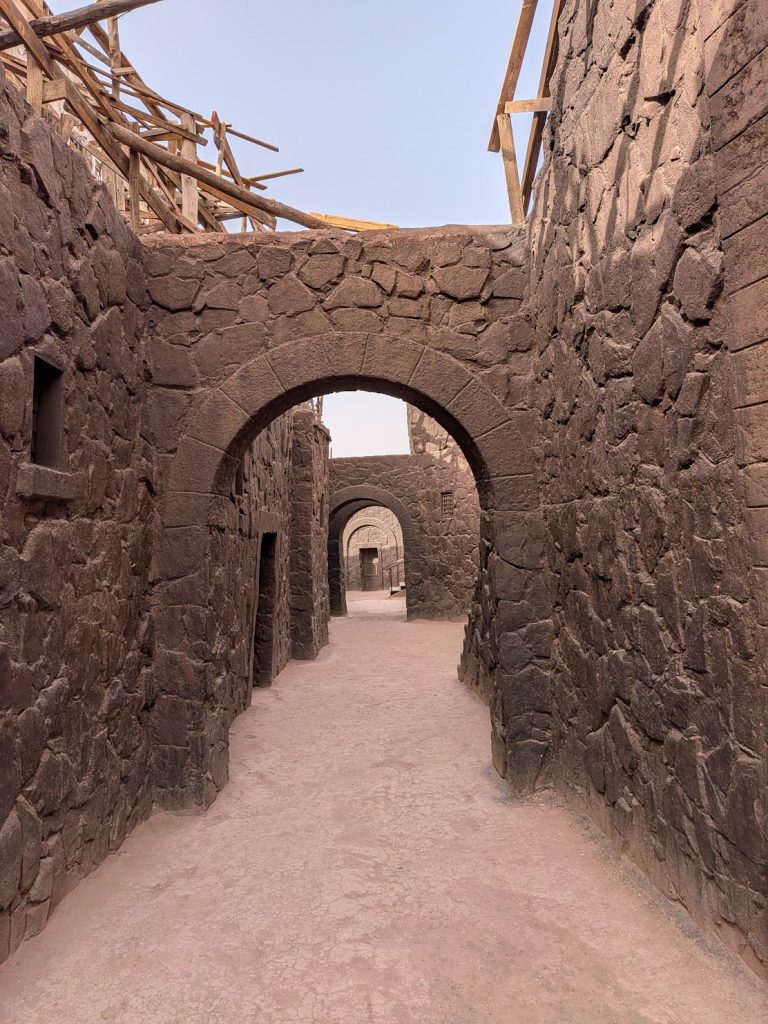
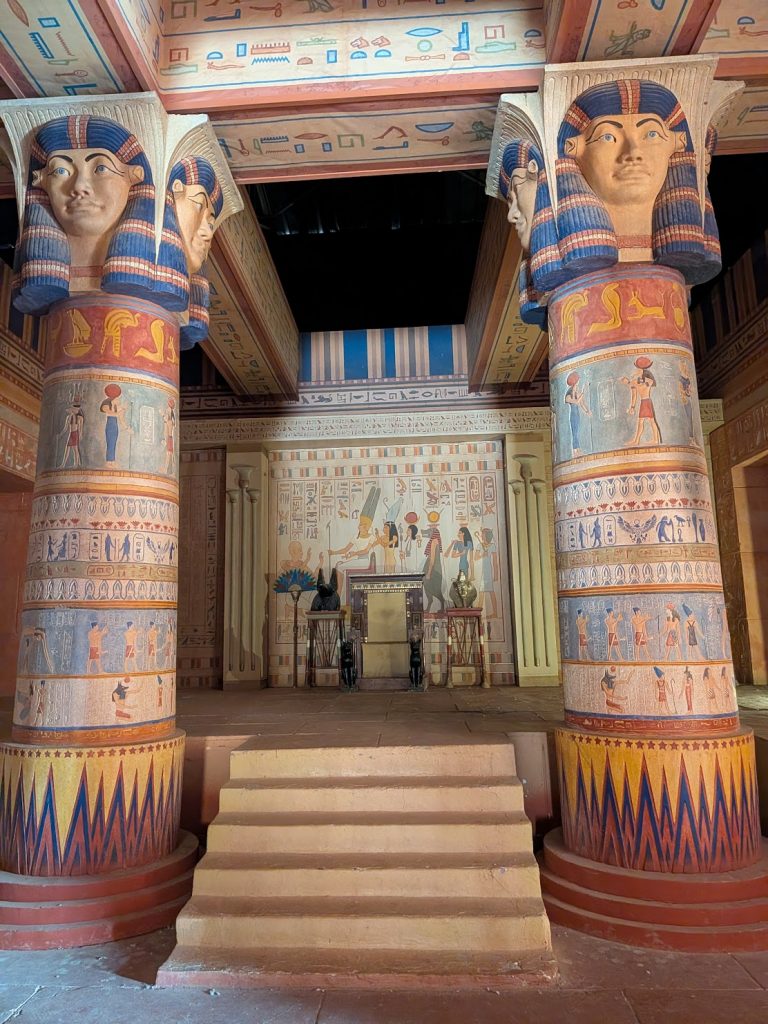



Stay tuned for my Moroccan adventures!




You must be logged in to post a comment.